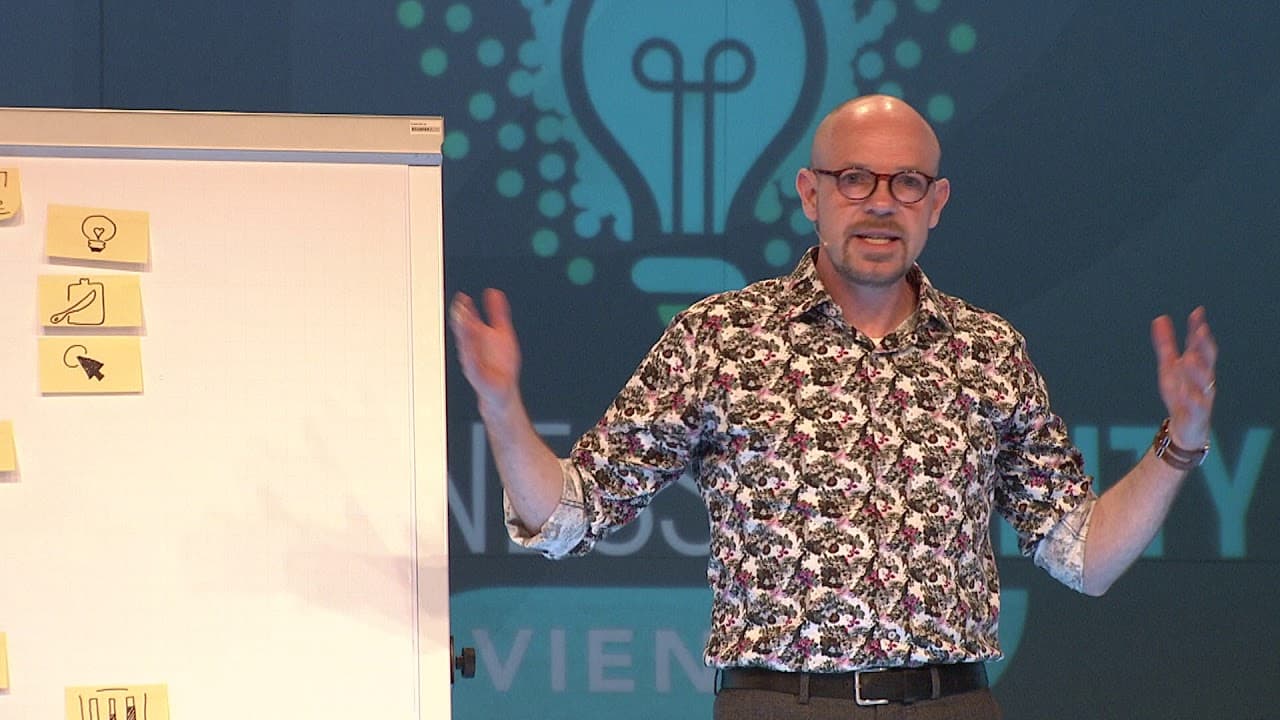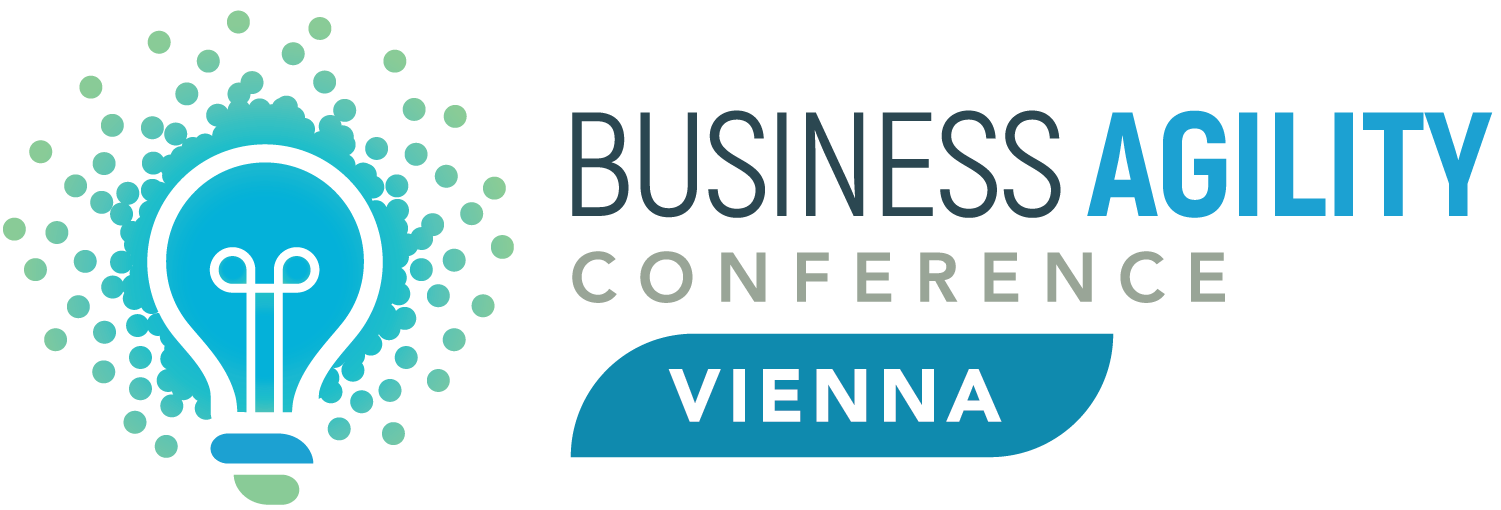I gave Evan a hard time introducing me because he asked, "How should I introduce you?" and I told him, "You can't." So, I’ll introduce myself. But first, I need to start up my laptop—on my desktop is my cat, a very lazy cat. And, honestly, my lazy cat represents the way I work.
In my job, I have to transform strategy into programs of changes and projects. These programs are often too large to manage directly, so when you’re lazy like me, you need to find a way to get others to do it. That’s what we’ve done at Fijijet, where our colleagues have taken ownership of transforming the programs themselves.
What is Fijijet?
Fijijet is a health insurance company with:
- 4 million customers
- 10 billion in health costs
- 1,900 employees
As for me, I’m a father of two sons, and as I mentioned, I have a very lazy cat.
How We Transformed Our Way of Working
My challenge was to transfer the knowledge in my head—the complex connections and dependencies—into something my colleagues could understand and use. My head was like the massive board at the end of a Quarterly Business Review (QBR), filled with actions and dependencies, scattered across Word documents and Excel sheets. But my colleagues didn’t get it. I needed a way to involve them in the transformation and make them part of the process.
One of our biggest achievements last year was creating a new Fijijet app for our customers in just six months. The app achieved a 4.8 rating in app stores, proving that rapid transformation was possible.
Our Agile Planning Process
Before the QBR
Ideas come from everywhere—call center agents, IT specialists, even board members. Every idea is documented in a structured template:
- Right side: Focuses on the customer impact, including user stories and expected value.
- Left side: Covers operational details like risks, KPIs, and team involvement.
Once documented, ideas are placed on a Kanban board. The process involves refining the ideas through discussions with different teams. We assess risks, determine ownership, and gradually prepare each idea for planning.
During refinement, teams estimate effort using t-shirt sizing (S, M, L, XL). If an idea is well-prepared and ready for execution, it moves forward to the QBR.
Selecting and Prioritizing Ideas
Not every idea makes it to the QBR. We use a structured selection process:
- Ideas are evaluated against company goals, such as NPS improvement, cost reduction, customer satisfaction, and call reduction.
- Only the most valuable and feasible ideas are included in the QBR.
The QBR Process
The Quarterly Business Review is where everything comes together. Last year, we conducted a QBR with 630 people over two days, and next year, we aim to include 1,200 people in a full week-long session.
On the first day, teams plan their own work. On the second day, they integrate their plans with other teams, ensuring alignment across dependencies.
Before we started this process, my job was exhausting. Every day, people asked me about dependencies—what influenced what, what needed to happen first. Now, after two days of the QBR, everyone knows the dependencies and understands the plan. My job has become much easier.
Key Moments in the QBR
- Adjustment Moment (End of Day 1): Teams and leadership review conflicts and adjust plans.
- Confidence Vote (End of Day 2): Every participant votes on whether they are confident in the plan. If confidence is low, adjustments are made.
After the QBR
Following the QBR, we ensure execution and progress tracking through:
- Performance Walks: Instead of relying on Excel sheets, board members walk through teams daily, observing progress firsthand.
- Regular Demos: Every team holds a demo every three weeks to showcase progress.
- Three-Week Sprints: After three sprints, we have a fourth sprint dedicated to research, small improvements, and adjustments.
Management must attend demos—if they don’t, they have no visibility into the progress and can’t effectively lead adjustments.
Continuous Planning
QBR planning starts on Day 1 of the quarter. New ideas are introduced and refined continuously, not just in the weeks leading up to the QBR. This ensures that we are always prepared and not scrambling to organize work at the last minute.
Final Thoughts
I was initially given 40 minutes for this talk but had to condense it to 20 minutes this morning. I have three minutes left, so I’ll leave you with this:
Transformation doesn’t have to be exhausting. When you build a system that involves everyone, where knowledge is shared and teams own their work, leadership becomes easier. I like to keep things simple—just like my lazy cat.
Thank you.



 Two years ago it was my responsibility to provide insight into the alignment of all changes. To gain this insight, plans were shuffled back and forth for a long period of time. On average it took over a year to gather all insights and inform all those involved. In order to realize a much more shorter time to market we needed another approach.
Two years ago it was my responsibility to provide insight into the alignment of all changes. To gain this insight, plans were shuffled back and forth for a long period of time. On average it took over a year to gather all insights and inform all those involved. In order to realize a much more shorter time to market we needed another approach.